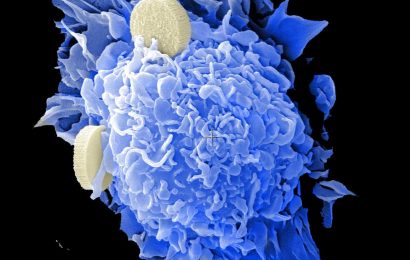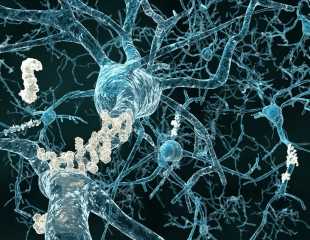NEW YORK (Reuters Health) – It may be possible to pick up occult liver cirrhosis with an algorithm that uses data from routine blood tests, according to new research.
The CIRRUS algorithm can find “a fingerprint for cirrhosis in the common blood tests done routinely by GPs,” Dr. Nick Sheron of the Foundation for Liver Research said in a news release.
“In most cases the data needed to find these patients already exists and we could give patients the information they need to change their lifestyle. Even at this late stage, if people address the cause by stopping drinking alcohol or reducing their weight, the liver can still recover,” said Dr. Sheron.
Because most patients are unaware they have liver cirrhosis until they present with a decompensating event, the research team aimed to develop and validate an algorithm to predict advanced liver disease using readily available data in primary care.
To create the CIRRUS algorithm, they used data from routine blood tests (albumin, creatinine, bilirubin, mean corpuscular volume, sodium, platelet count, protein) from nearly 17,000 patients from the University Hospital Southampton (UHS) information systems who underwent an upper gastrointestinal endoscopy.
The ability of CIRRUS to predict a first serious liver event (SLE) was then validated in two cohorts of 394,000 primary- and secondary-care patients from UHS and 183,000 primary-care patients from the Care and Health Information Exchange (CHIE).
“Unlike most diagnostic liver algorithms, the CIRRUS model was created using a dataset comprised of patients from both primary and secondary care without the primary intent of preselecting for liver disease, rendering it better suited for detecting liver disease,” the researchers explain.
The model creation dataset included 931 SLEs (5.5%) and the CIRRUS algorithm detected cirrhosis or portal hypertension with an area under the curve (AUC) of 0.90 (95% confidence interval, 0.88 to 0.92).
The UHS and CHIE validation cohorts included 3,044 (0.8%) and 1,170 (0.6%) SLEs, respectively.
In these cohorts, CIRRUS predicted a first SLE within five years with an AUC of 0.90 (95% CI, 0.89 to 0.91) and 0.84 (95% CI, 0.82 to 0.86), respectively.
In patients with a liver risk factor – alcohol, diabetes, viral hepatitis – the model’s “crimson/red” (highest and next-highest risk, respectively) cut-off predicted a first SLE with a sensitivity of 72%/59%, a specificity of 87%/93%, a positive predictive value of 26%/18% and a negative predictive value of 98%/99% for the UHS/CHIE validation cohorts, respectively.
“We show that a model combining routine data is more accurate than individual tests, and has the potential to identify a majority of patients with evidence of alcohol misuse and a substantial proportion of patients with type 2 diabetes before their first admission with a serious, and frequently fatal, liver event,” the authors write. “The positive predictive values in these selected groups are clinically useful and could improve levels of detection of advanced liver disease in the community.”
The researchers note that the chief recommendation of the UK Lancet Liver Commission is to “strengthen detection of liver disease at early stages and its treatment in primary care.”
The CIRRUS tool, they say, “could potentially be used as a first-line screening tool to flag up individuals at risk of significant liver disease in a standard mixed primary and secondary care population in a way that more specialist scores could not.”
“This test is free in many cases as a large proportion of UK adults will have already had a blood test at some point which would provide enough data to run the CIRRUS algorithm. The algorithm is freely available to GP practices or networks to install and therefore offers a low cost way to identify at risk individuals without using up limited NHS time and resources,” co-investigator Dr. Teresa Hydes from University of Southampton, said in the news release.
This research had no commercial funding and the authors have no relevant disclosures.
SOURCE: http://bit.ly/3dlsD89 BMJ Open, online February 11, 2021.
Source: Read Full Article


